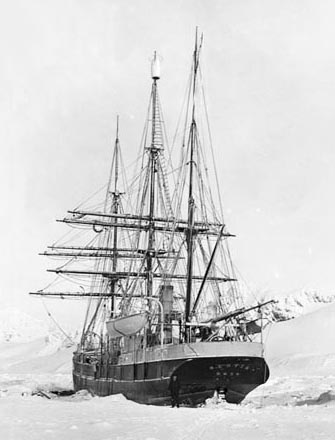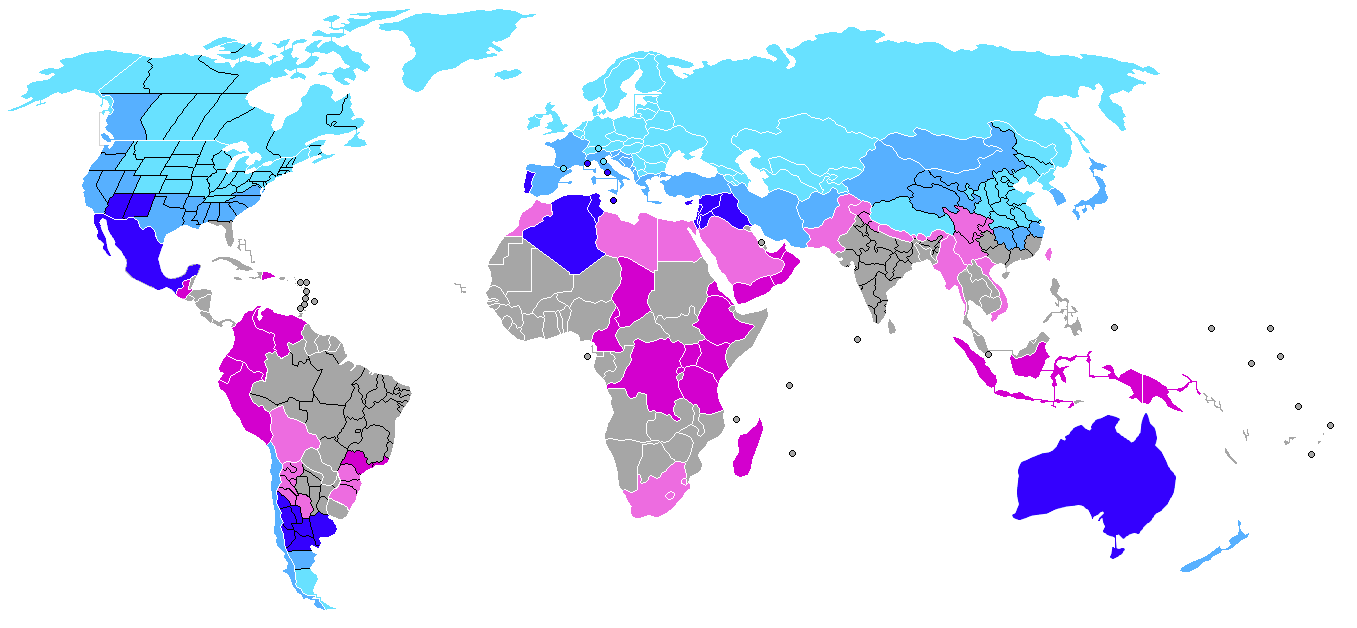|
Cuthbertson Snowfield
Cuthbertson Snowfield () is a snowfield rising to and covering the high ground of eastern Laurie Island (eastward of Watson Peninsula), in the South Orkney Islands. It was named by the UK Antarctic Place-Names Committee in 1987 after William Cuthbertson, the artist on the Scottish National Antarctic Expedition, led by W.S. Bruce William Speirs Bruce (1 August 1867 – 28 October 1921) was a British naturalist, polar scientist and oceanographer who organized and led the Scottish National Antarctic Expedition (SNAE, 1902–04) to the South Orkney Islands and the Wedd ..., which wintered on Laurie Island in 1903. References * Snow fields of Antarctica Bodies of ice of the South Orkney Islands {{SouthOrkneys-geo-stub ... [...More Info...] [...Related Items...] OR: [Wikipedia] [Google] [Baidu] |
Laurie Island
Laurie Island is the second largest of the South Orkney Islands. The island is claimed by both Argentina as part of Argentine Antarctica, and the United Kingdom as part of the British Antarctic Territory. However, under the Antarctic Treaty System all sovereignty claims are frozen, as the island lies south of the parallel 60°. Buchanan Point at the north-eastern end of the island, with Cape Whitson on its south coast, are Important Bird Areas. History Laurie Island was discovered by Captains George Powell and Nathaniel Palmer in the course of their 1821 expedition to the South Atlantic. Richard Holmes Laurie used Powell's observations to create a map of the island, and subsequently, the island was named after him. Two years later, James Weddell mapped the island for the second time, though his charts turned out to be much less accurate than Powell's charts. Weddell attempted to rename the island to Melville Island for the 2nd Viscount Melville, but the name failed to s ... [...More Info...] [...Related Items...] OR: [Wikipedia] [Google] [Baidu] |
Watson Peninsula
Watson Peninsula is a narrow peninsula long separating Macdougal Bay, Macdougal and Marr Bays on the north coast of Laurie Island, in the South Orkney Islands of Antarctica. It was charted in 1903 by the Scottish National Antarctic Expedition under Bruce, who named it for George Lennox Watson, G.L. Watson, yacht designer and redesigner of the expedition ship ''Scotia''. Important Bird Area The peninsula has been identified an Important Bird Area (IBA) by BirdLife International because it supports a large bird colony, breeding colony of about 13,000 pairs of chinstrap penguins. Other birds nesting at the site include Adélie penguin, Adélie and gentoo penguins as well as southern giant petrels. References Laurie Island Peninsulas of the South Orkney Islands Important Bird Areas of Antarctica Seabird colonies Penguin colonies {{SouthOrkneys-geo-stub ... [...More Info...] [...Related Items...] OR: [Wikipedia] [Google] [Baidu] |
South Orkney Islands
The South Orkney Islands are a group of islands in the Southern Ocean, about north-east of the tip of the Antarctic Peninsula''Antarctica: Secrets of the Southern Continent'' p. 122 David McGonigal, 2009 and south-west of . They have a total area of about . The islands are claimed both by Britain (as part of the since 1962, previously as a [...More Info...] [...Related Items...] OR: [Wikipedia] [Google] [Baidu] |
UK Antarctic Place-Names Committee
The UK Antarctic Place-Names Committee (or UK-APC) is a United Kingdom government committee, part of the Foreign and Commonwealth Office, responsible for recommending names of geographical locations within the British Antarctic Territory (BAT) and the South Georgia and the South Sandwich Islands (SGSSI). Such names are formally approved by the Commissioners of the BAT and SGSSI respectively, and published in the BAT Gazetteer and the SGSSI Gazetteer maintained by the Committee. The BAT names are also published in the international Composite Gazetteer of Antarctica maintained by SCAR. The Committee may also consider proposals for new place names for geographical features in areas of Antarctica outside BAT and SGSSI, which are referred to other Antarctic place-naming authorities, or decided by the Committee itself if situated in the unclaimed sector of Antarctica. Names attributed by the committee * Anvil Crag, named for descriptive features *Anckorn Nunataks, named after J. F. Anc ... [...More Info...] [...Related Items...] OR: [Wikipedia] [Google] [Baidu] |
William Cuthbertson (explorer)
William Cuthbertson (21 July 1902 in Dunfermline – 24 November 1963) was a British flyweight boxer who competed in the 1920s. He won the bronze medal in Boxing at the 1920 Summer Olympics losing against Danish Danish may refer to: * Something of, from, or related to the country of Denmark People * A national or citizen of Denmark, also called a "Dane," see Demographics of Denmark * Culture of Denmark * Danish people or Danes, people with a Danish ance ... boxer Anders Petersen in the semi-finals. Boxing career Cuthbertson won the 1921 Amateur Boxing Association British flyweight title, when boxing out of the United Scottish BC. 1920 Olympic result * Round of 16: defeated Einer Jensen (Denmark) * Quarterfinal: defeated Ted Zegwaard (Netherlands) * Semifinal: lost to Anders Pedersen (Denmark) * Bronze-Medal Bout: defeated Charles Albert (France); was awarded bronze medal References External links * * * * * 1902 births 1963 deaths Sportspeople from Dunfermli ... [...More Info...] [...Related Items...] OR: [Wikipedia] [Google] [Baidu] |
Scottish National Antarctic Expedition
The Scottish National Antarctic Expedition (SNAE), 1902–1904, was organised and led by William Speirs Bruce, a natural scientist and former medical student from the University of Edinburgh. Although overshadowed in terms of prestige by Robert Falcon Scott's concurrent Discovery Expedition, the SNAE completed a full programme of exploration and scientific work. Its achievements included the establishment of a staffed meteorological station, the first in Antarctic territory, and the discovery of new land to the east of the Weddell Sea. Its large collection of biological and geological specimens, together with those from Bruce's earlier travels, led to the establishment of the Scottish Oceanographical Laboratory in 1906. Bruce had spent most of the 1890s engaged on expeditions to the Antarctic and Arctic regions, and by 1899 was Britain's most experienced polar scientist. In March of that year, he applied to join the Discovery Expedition; however, his proposal to extend th ... [...More Info...] [...Related Items...] OR: [Wikipedia] [Google] [Baidu] |
Snow Fields Of Antarctica
Snow comprises individual ice crystals that grow while suspended in the atmosphere—usually within clouds—and then fall, accumulating on the ground where they undergo further changes. It consists of frozen crystalline water throughout its life cycle, starting when, under suitable conditions, the ice crystals form in the atmosphere, increase to millimeter size, precipitate and accumulate on surfaces, then metamorphose in place, and ultimately melt, slide or sublimate away. Snowstorms organize and develop by feeding on sources of atmospheric moisture and cold air. Snowflakes nucleate around particles in the atmosphere by attracting supercooled water droplets, which freeze in hexagonal-shaped crystals. Snowflakes take on a variety of shapes, basic among these are platelets, needles, columns and rime. As snow accumulates into a snowpack, it may blow into drifts. Over time, accumulated snow metamorphoses, by sintering, sublimation and freeze-thaw. Where the climate is cold ... [...More Info...] [...Related Items...] OR: [Wikipedia] [Google] [Baidu] |



